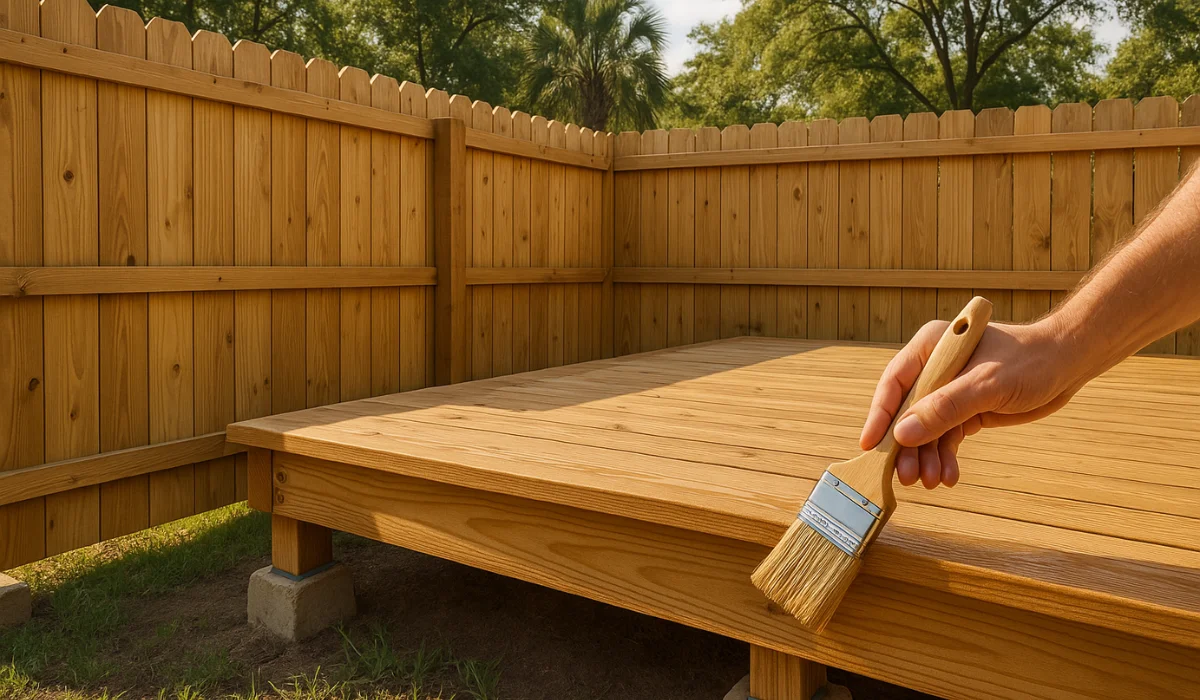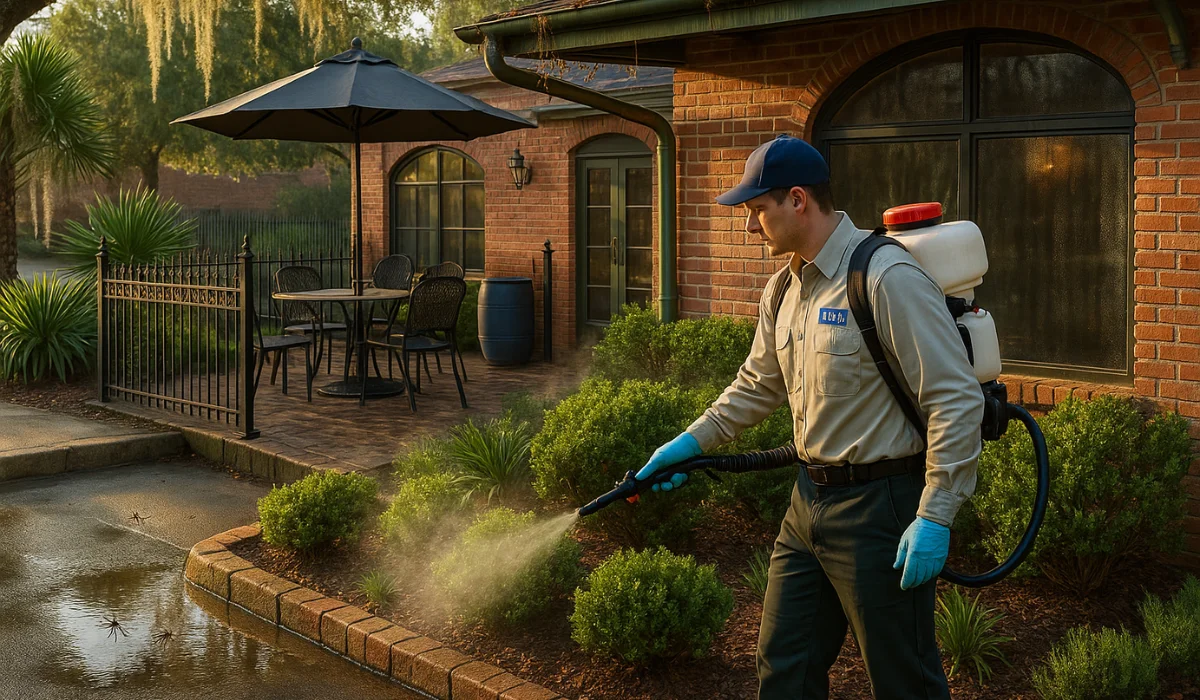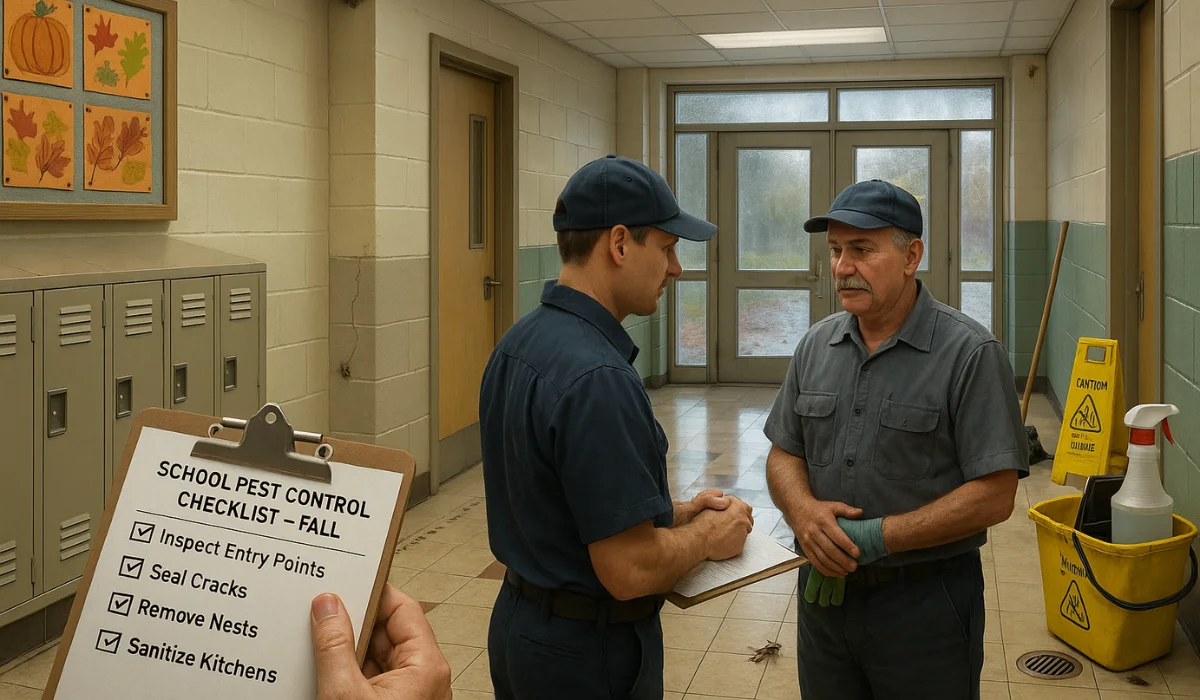In South Louisiana, your outdoor space is just as much a part of your home as your living room. Whether you’re enjoying a crawfish boil on your wood deck or relaxing by the fence in your backyard, the last thing you want to deal with is termite damage. These pests love wooden structures, and if you’re not careful, they can turn your investment into expensive firewood.
Termites are a year-round problem in our region, but the heat and humidity of summer accelerate their activity. That makes decks and fences especially vulnerable during this time. If you’ve got any untreated or older wood around your home, it’s worth taking a closer look and taking action. Prevention is far easier and cheaper than repair.
Let’s talk about how to keep termites from taking over your deck, your fence, and your peace of mind.
Key Takeaways
• Early detection is critical. Watch for signs like mud tubes, hollow-sounding wood, and termite droppings to catch a termite infestation before significant damage occurs.
• Material choice matters. Using termite-resistant materials like hardwood, pressure-treated wood, or composite decking can help prevent future infestations.
• Moisture control and barrier techniques work. Keeping wood dry, sealed, and off the soil reduces access for termites and supports long-term protection.
• Professional pest control services are worth it. DIY options rarely eliminate entire termite colonies; experts can inspect, get rid of termites, and offer long-term termite prevention solutions.
Why Termites Love Your Deck and Fence
If you have a wood deck, it’s a prime food source for termites. These pests are drawn to cellulose, the main component in wood. They tunnel their way through deck boards and fence posts, silently causing structural damage that can go unnoticed until repairs become costly.
Subterranean termites are prevalent in our region. They build mud tubes to travel from the soil to your wooden structures, allowing them to stay hidden while they feed. Drywood termites, on the other hand, don’t need soil contact and can infest dry wood directly. Either type can cause big problems.
Signs of Termite Damage in Your Deck
Is your deck or fence under attack from a termite infestation? Here’s what to look for:
• Mud tubes on or near wooden surfaces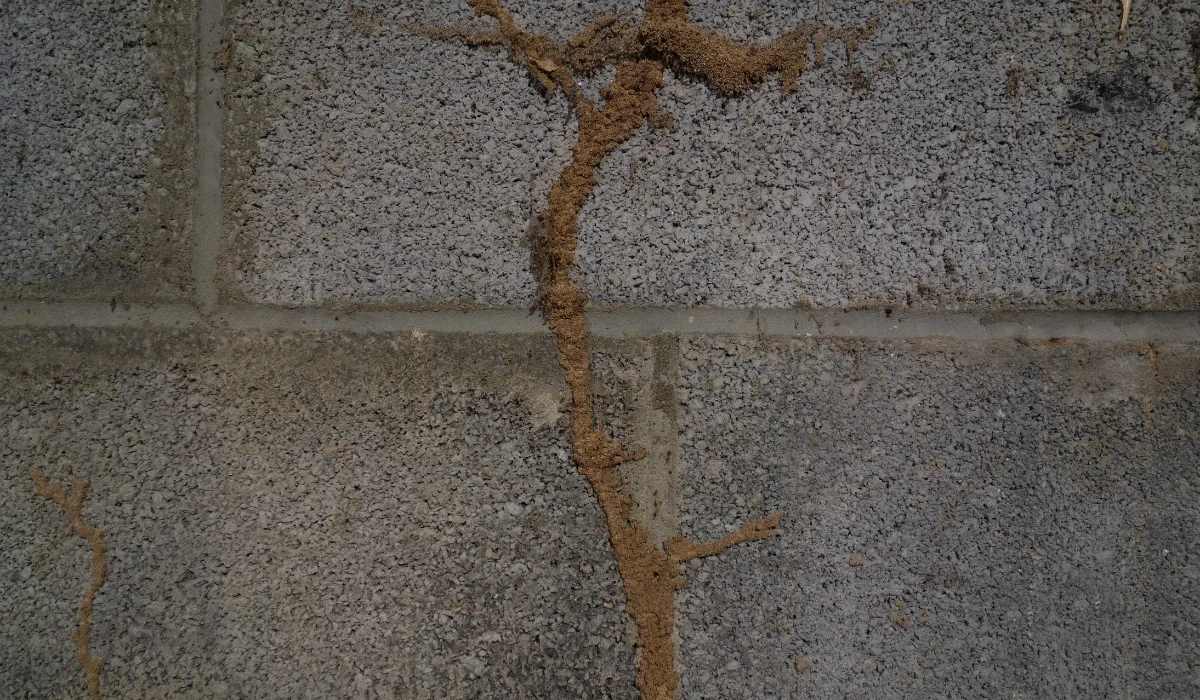
• Soft or hollow-sounding wood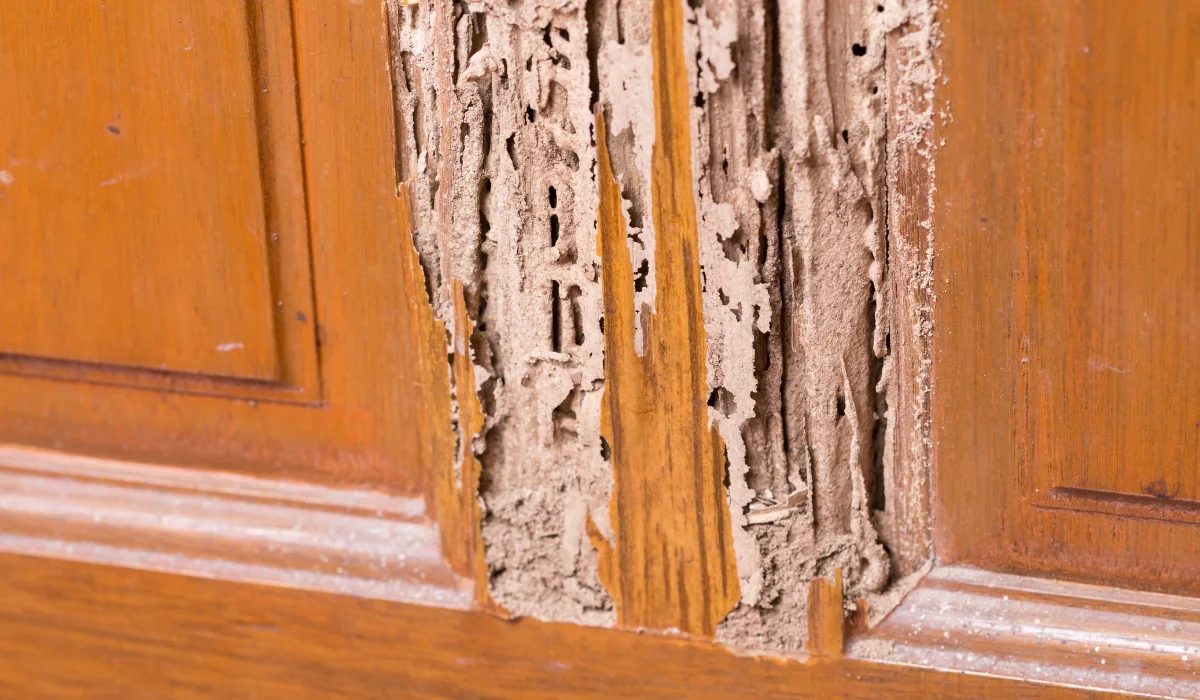
• Sawdust-like droppings (especially from drywood termites)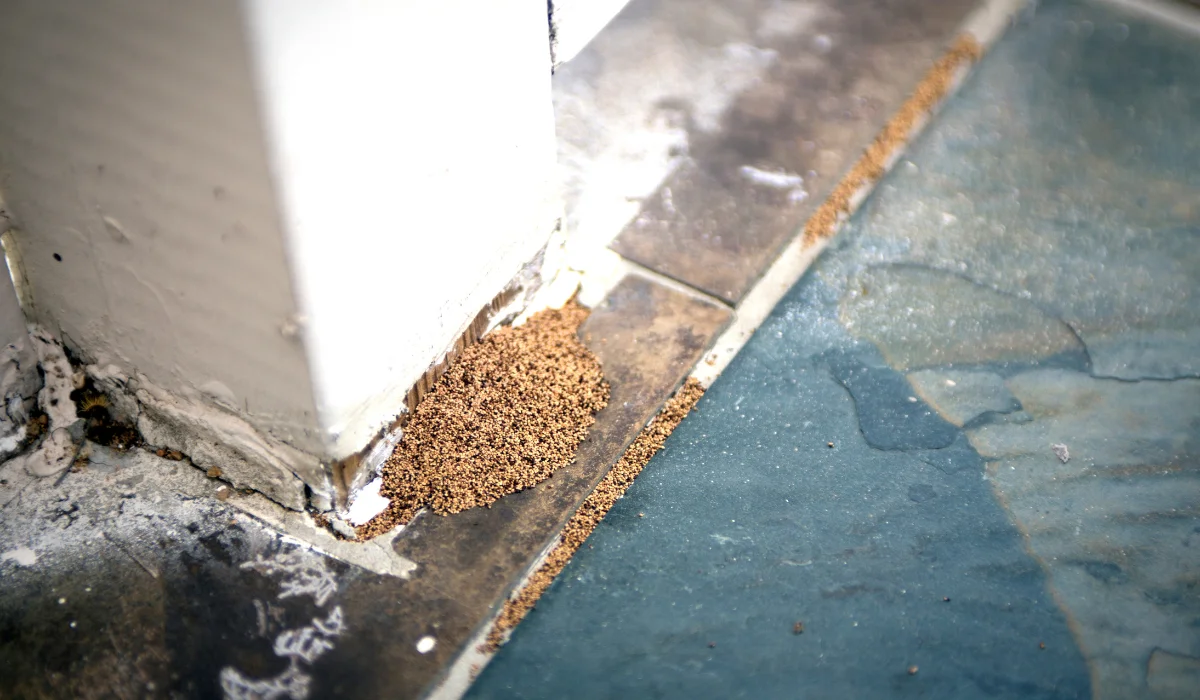
• Bubbling or peeling paint, which can mimic water damage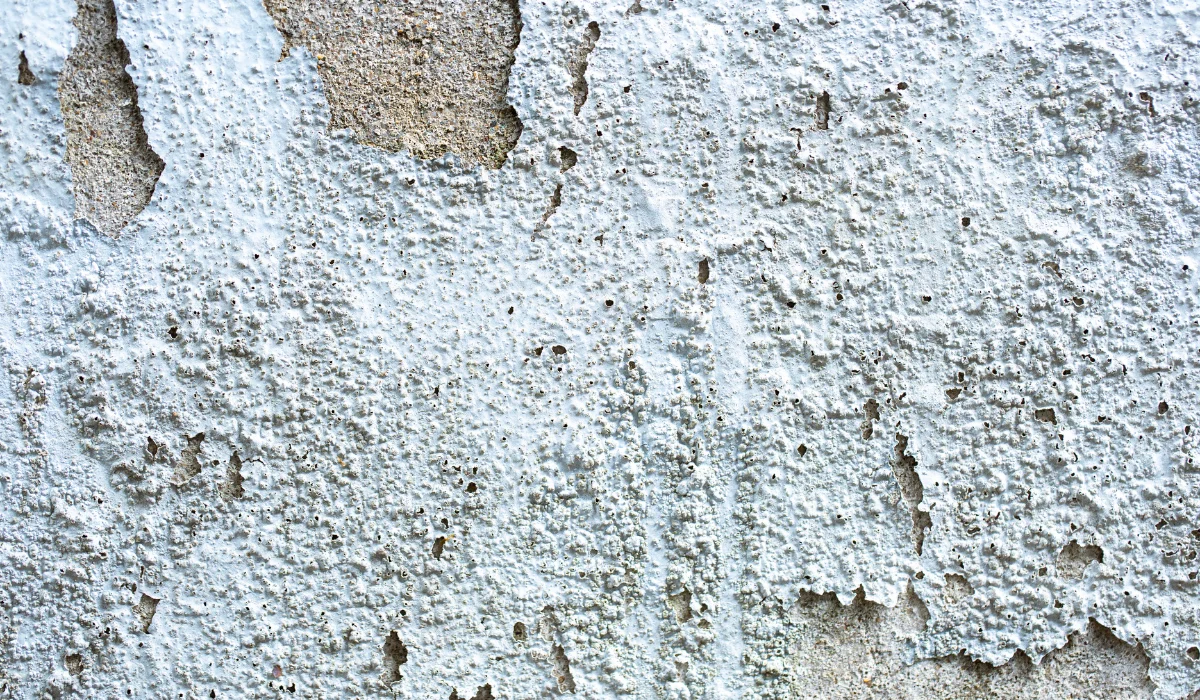
• Swarming termites or discarded wings near your home
Catching these early signs can save your deck and your wallet.
Choose the Right Deck Materials
Suppose you’re building a new deck or replacing damaged wood; material choice matters. Some types of wood, including specific hardwood options, are more termite-resistant than others. Here are a few worth considering:
• Pressure-treated wood: Infused with preservatives that help deter termite activity.
• Redwood and cedar: Naturally more resistant to termites due to their density and oils.
• Composite decking: Made of wood fibers and plastic, this material contains little to no cellulose, making it unappealing to termites.
Composite decking is becoming a popular option across Southeast Louisiana, not just for its durability but for how well it holds up against pests and moisture.
Preventive Measures You Can Take
If you already have a wooden deck and fence, don’t worry, you can still protect them. Here’s how:
1. Keep It Dry
Termites love moist environments. Make sure your deck has proper drainage and never allows water to pool near the base of your fence or support beams. Clean your gutters regularly and make sure downspouts direct water away from your home.
2. Apply a Quality Sealant
Using a sealant on your deck adds an extra layer of termite prevention and protection. It helps repel moisture and makes the wood less appetizing to termites. Reapply every few years to keep your defense strong.
3. Eliminate Wood-to-Soil Contact
Your deck posts and fence panels should not sit directly in the soil. Use concrete footings or metal brackets to elevate them. This breaks the termite’s travel path and reduces access.
4. Don’t Use Mulch Near Decks or Fences
Mulch might look great in your flower beds, but it’s a termite buffet. Keep mulch several feet away from wooden structures. It might look great, but it’s a termite buffet..
DIY vs. Professional Termite Control
You might be tempted to try a DIY termite treatment, but most over-the-counter options won’t eliminate entire termite colonies. And once termites are inside your wooden deck or fence, they can spread fast.
Hiring a professional termite inspection team means you’ll get a complete assessment of your property and a clear plan of action. At LaJaunie’s Pest Control, we use both bait stations and localized treatments to get rid of termites in active colonies and prevent new ones from forming.
We also offer no-tent drywood termite treatments for decks and fences already infested.
When to Call an Exterminator
If you see mud tubes, damaged wood, or active termite swarms near your deck, don’t wait. Early action can prevent long-term structural damage.
Our technicians across Thibodaux, Houma, New Orleans, and Baton Rouge can come out the same day, so you don’t have to worry about termites eating away while you’re waiting for a callback.
Conclusion
Your deck and fence are significant investments, not to mention the setting for so many of your best memories outside. Keeping them termite-free doesn’t have to be complicated. A few wise building choices, some seasonal upkeep, and regular inspections go a long way.
And if you’re already seeing signs of termite activity, don’t brush it off. Termites won’t wait, and neither should you. Professional help is often the difference between minor repairs and major reconstruction.
At LaJaunie’s Pest Control, we’ve been providing trusted pest control services and helping South Louisiana homeowners protect what matters most for years. Whether you’re in Raceland, Covington, or just outside New Orleans, we’re here to help.
Contact us today for a free termite inspection, and take the first step toward a stronger, safer deck.
FAQs
How can I tell if there are termites in my wood deck?
Look for mud tubes, hollow-sounding wood, and sawdust-like droppings. These are common signs of termite damage and should prompt a professional inspection.
Is composite decking termite-proof?
Composite decking is not termite-proof, but it’s highly resistant. Since it contains little to no cellulose, it’s a poor food source for termites, making it a wise choice in termite-prone areas like South Louisiana.
Is pressure-treated wood a guaranteed termite solution?
No. While pressure-treated wood is more resistant, it’s not a foolproof solution. Cracks, age, and moisture can still attract termites. Regular maintenance and inspections are still essential.
 By: LaJaunie's Pest Control
By: LaJaunie's Pest Control 